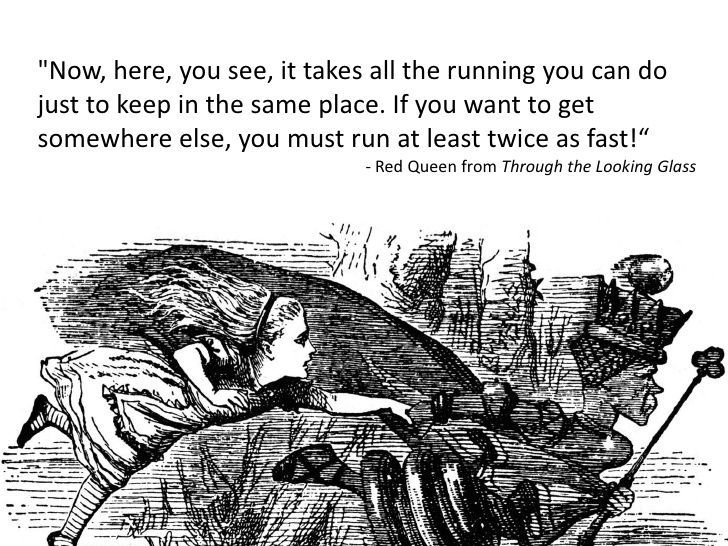This week we had a very special guest at the Faculty of Health Sciences of CEU Valencia: Ana Vásquez Maya, Chief People Officer at Bupa Europe & Latin America

With a lecture under the title “Innovation, People Analytics and Digital Transformation. Leading the change“, Ana Vásquez conveyed her passion for her work and encouraged all attendees to innovate and above all, to learn. She talked about Human Resources Management in a large health company like Sanitas and she also gave some advice to students so they could improve their future employability, such as mastering English, seeking further postgraduate learning and acquiring digital skills.
Innovation was one of the key topics of the talk, so the speaker shared with the attendees a couple of innovative initiatives that are being carried out in Sanitas such as online dermatological diagnosis or the use of databases to facilitate early diagnosis. The innovative spirit with which Sanitas has undertaken such pioneering projects was itemized by Ana Vásquez as follows.
EVERYTHING IS CHANGING AT HIGH SPEED
We are talking about innovation here but, what is the point of innovating in companies? Why is innovation now more necessary than ever?
Throughout history, changes have occurred at a dizzying speed. In just 13 years, horse-drawn carriages disappeared from the streets of New York, leading the way to motor vehicles. And if we remember well, only 11 years have passed since the first smartphone was launched. A decade later, it is hard to believe how we cannot live without them.
 However, we are not used to this exponential change. To adapt to it and take advantage of the opportunities it offers, Ana Vásquez left us only one key idea: we need to be in a continuous learning process. The evolution of technology, communication, data analytics… lead to a change of paradigm in which we are all forced to move. This adaptation means leaving certain attitudes behind and incorporating new ones. One way to achieve this is to consider:
However, we are not used to this exponential change. To adapt to it and take advantage of the opportunities it offers, Ana Vásquez left us only one key idea: we need to be in a continuous learning process. The evolution of technology, communication, data analytics… lead to a change of paradigm in which we are all forced to move. This adaptation means leaving certain attitudes behind and incorporating new ones. One way to achieve this is to consider:
- Which new things do I have to start doing?
- From what I already do, what can I do differently? How can I move on?
- Which things that I’m currently doing need to disappear, so I can start doing new things?
THE KEY FACTOR FOR ANA VÁSQUEZ: BEING IN A CONTINUOUS LEARNING PROCESS
The change of paradigm that we have talked about inevitably leads us to an evolution from a traditional culture to a digital culture.
These are some of the implications this change may bring:
Hierarchy vs Networks
Traditional hierarchical structures of personnel give way to new, more horizontal organizational structures based on cross-disciplinary working teams.
Stability vs Agility
If we really want to be innovative, we need to arrive first. And to achieve this, we have to be agile and competitive. And this can only be done through specific actions and goals like, for example, substituting long and tiring meetings for shorter stand-up meetings in which, in just a few minutes, each member of the team shares with the rest what his focus will be in the following days.
 Do it perfect vs Do it well
Do it perfect vs Do it well
In today’s world, the challenge is to do it well, not make it perfect. The most convenient option is to start projects (being innovative, that is, the first ones). There will be time to improve the processes in these projects. The opposite of moving, of initiating actions, is to remain still.
Privacy vs Exhibition
Nowadays it is easy to know the reviews of almost everything. Users value and assign “stars” to hotels, restaurants, clinics… Clients can assess, publicly, any service or product they consume!
Have information vs Share information
The information is more accessible than ever and the concept open source is becoming very popular in companies which, opposite to what they have traditionally done, tend to share their know-how. Companies that do these are sure of their leadership and believe that it is possible to advance at a faster pace if everyone shares the information they have.
Know the answer vs Know the question
It is only possible to move forward by asking the right questions; questioning what we do and why. Knowing the answers no longer has value because it doesn’t foster innovation.
 Formal vs Casual
Formal vs Casual
The trend initiated by Steve Jobs, who stopped wearing ties and formal clothing to work, is rapidly spreading in companies and more and more managers prefer not to wear any identification that make them look different from the rest of the team. It’s what they call the Silicon Valley style.
Product vs Customer
Products lose value as customer experience gains prominence. Client-oriented companies put the client in the centre of their strategy and, depending on the user experience, they will modify the features of their product catalogue.
Intuition vs Data
It is no longer possible to make decisions without taking into account data analysis. Intuition has been replaced by data-driven decisions, which we could never have reached without AB testing and analysis.
Companies like Facebook have internalized this model and when they introduce changes, they analyze the behaviors of users and make decisions based on the results.
The Chief People Officer at Bupa Europe & Latin America concluded her conference by addressing a question to all attendees:
WHAT ARE YOU GOING TO LEARN TODAY?











